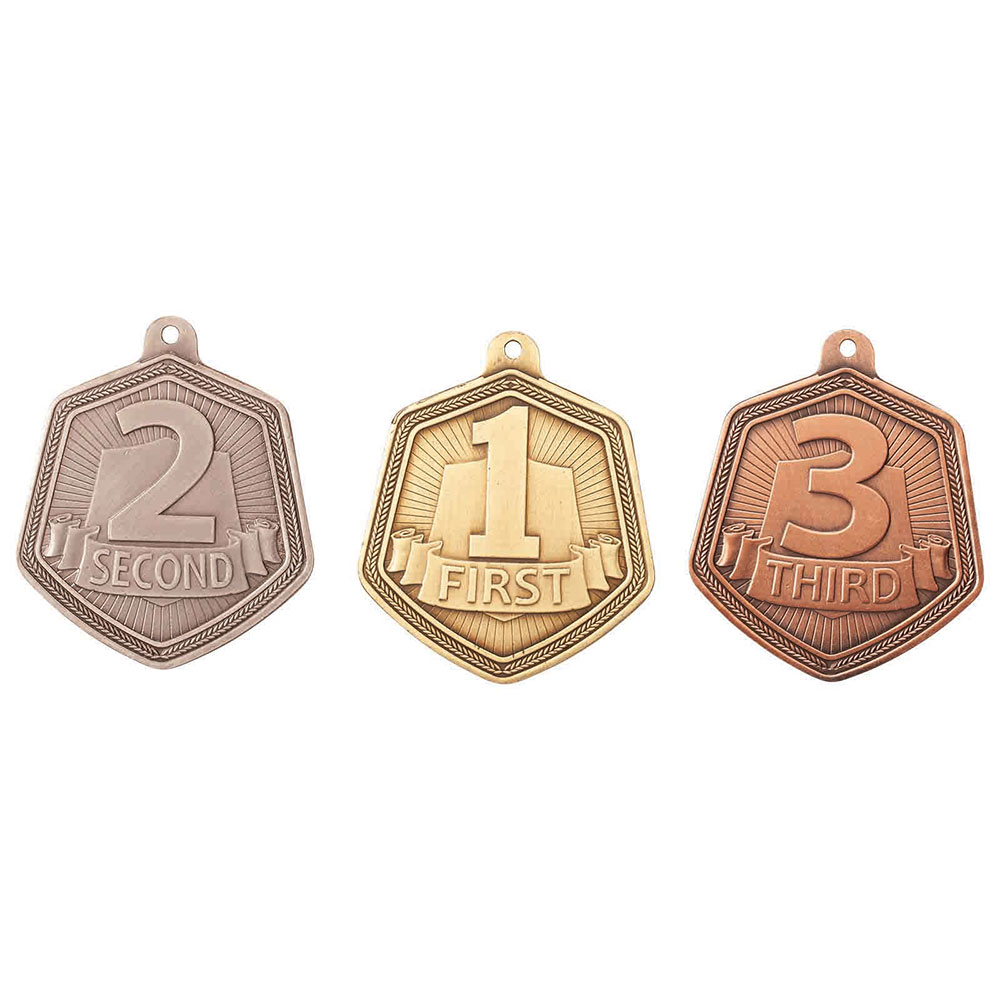Sports Day Plans
Posted by CH on 26th May 2024
Planning a school sports day involves several key steps and careful coordination among teachers, students, and other staff. Here’s a detailed guide for teachers to help organize a successful school sports day:
1. Initial Planning
Define Objectives
- Purpose: Foster school spirit, encourage physical activity, promote teamwork, and provide fun for students.
- Target Audience: Students of all grades, teachers, and staff.
Form a Committee
- Team Roles: Assign roles such as overall coordinator, activity planners, logistics manager, finance manager, and publicity officer.
- Meetings: Schedule regular planning meetings.
2. Date and Venue
Set a Date
- Timing: Choose a date that avoids conflicts with exams, holidays, or other major events.
- Weather Considerations: Preferably select a date with a favorable weather forecast.
Book the Venue
- On-Campus or Off-Campus: Decide whether to use school grounds or an external facility.
- Facilities Check: Ensure the venue has sports fields, restrooms, seating areas, and shelter in case of bad weather.
3. Budget and Resources
Budget Planning
- Costs: Estimate expenses for equipment, refreshments, first aid, prizes, and promotional materials.
- Funding: Determine sources of funding (e.g., school budget, PTA contributions, sponsorships).
Equipment and Supplies
- Sports Gear: Ensure availability of all necessary sports equipment (balls, bats, nets, etc.).
- Other Supplies: Arrange for items such as water, first aid kits, whistles, scoreboards, and participant bibs.
4. Activities and Schedule
Plan Activities
- Variety: Include a mix of individual and team sports to cater to different interests and abilities.
- Inclusivity: Ensure activities are inclusive and accessible to all students.
- Sample Activities: Track and field events, relay races, tug-of-war, sack races, three-legged races.
Create a Schedule
- Detailed Schedule: Allocate specific time slots for each activity.
- Opening and Closing Ceremonies: Plan brief ceremonies to start and end the event.
5. Recruitment and Training
Volunteers and Officials
- Teachers and Staff: Assign roles such as event coordinators, referees, scorekeepers, and first aid responders.
- Student Leaders: Engage older students as helpers or leaders for younger groups.
Training Sessions
- Briefings: Conduct training sessions to ensure everyone understands their roles and responsibilities.
- Rehearsals: Hold practice runs for key activities to ensure smooth execution.
6. Promotion and Registration
Promote the Event
- Marketing: Use posters, flyers, school newsletters, and social media to promote the event.
- Excitement: Build excitement through school assemblies and announcements.
Registration
- Process: Set up a simple registration process for students to sign up for events.
- Permission Slips: Ensure all participants have signed permission slips from their parents or guardians.
7. Event Day Execution
Setup
- Early Arrival: Arrive early to set up equipment and decorations.
- Registration Desk: Have a clear registration area for students to check in and receive their bibs or numbers.
Conducting Activities
- Event Flow: Ensure smooth transitions between events and keep track of scores and timings.
- Hydration Stations: Provide water stations to keep participants hydrated.
- First Aid: Have a dedicated first aid station and ensure all staff know its location.
Safety and Supervision
- Supervision: Ensure adequate supervision for all activities.
- Emergency Plan: Have an emergency plan in place and communicate it to all staff.
8. Closing Ceremony
Awards and Recognition
- Prizes: Distribute medals, trophies, or certificates to winners and participants.
- Acknowledgements: Thank all participants, volunteers, sponsors, and spectators.
9. Post-Event Review
Feedback
- Gather Input: Collect feedback from students, teachers, and volunteers to assess what went well and what could be improved.
- Review Meeting: Hold a debrief meeting with the planning committee to discuss feedback and document lessons learned.
Report and Documentation
- Event Report: Create a detailed report summarizing the event, including attendance, activities, and feedback.
- Records: Keep all documentation for future reference and planning.
Additional Tips
- Contingency Plan: Have a backup plan for inclement weather or other disruptions.
- Inclusivity: Ensure activities are inclusive and accommodate students with different abilities.
- Fun Factor: Keep the focus on fun and participation rather than just competition.
By following these steps, teachers can organize a memorable and successful sports day that students will enjoy and remember.

